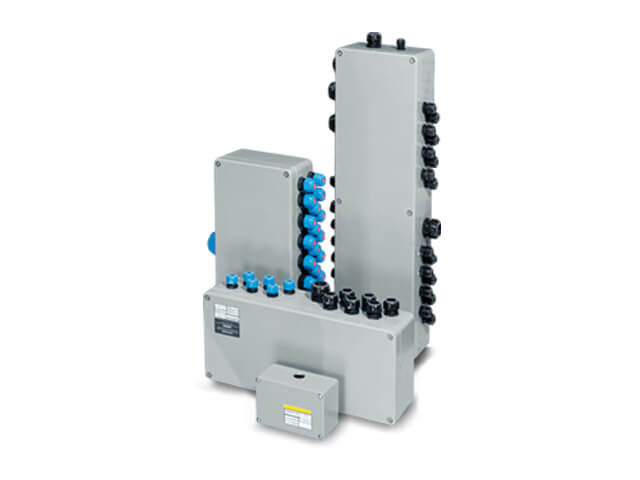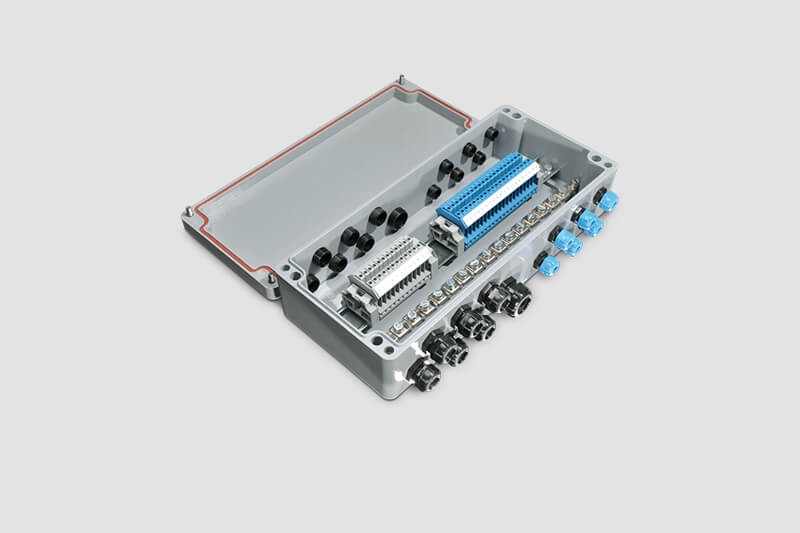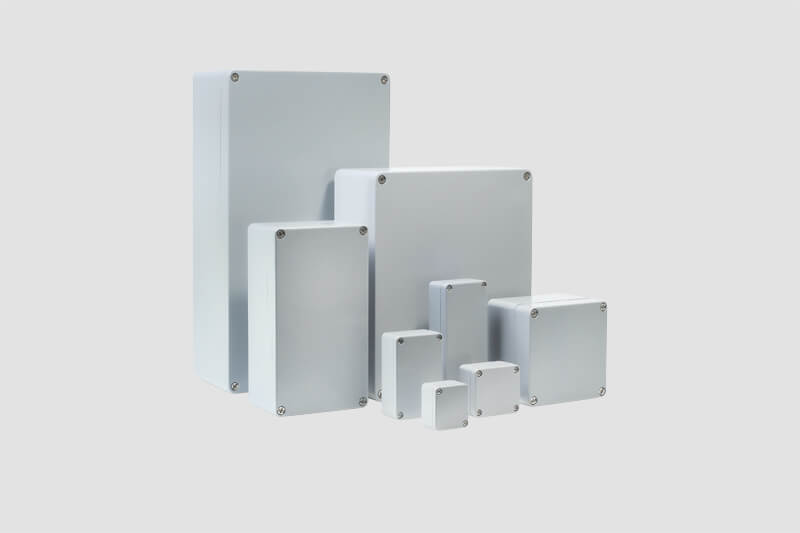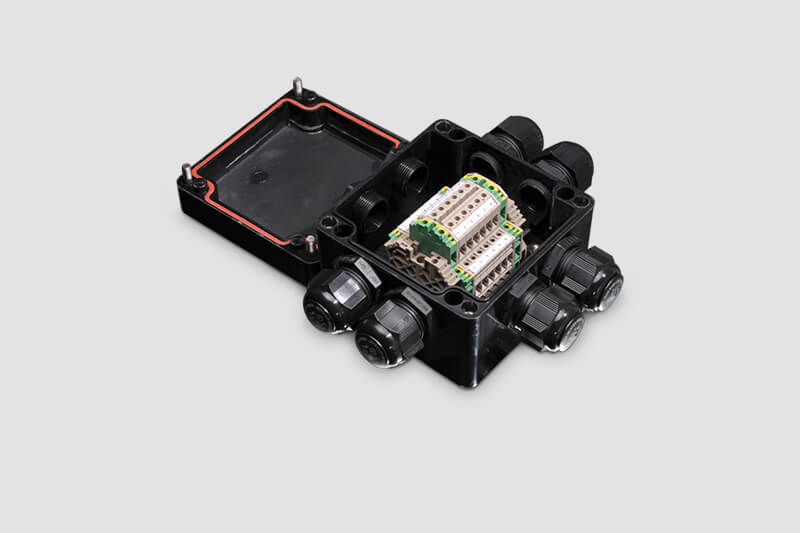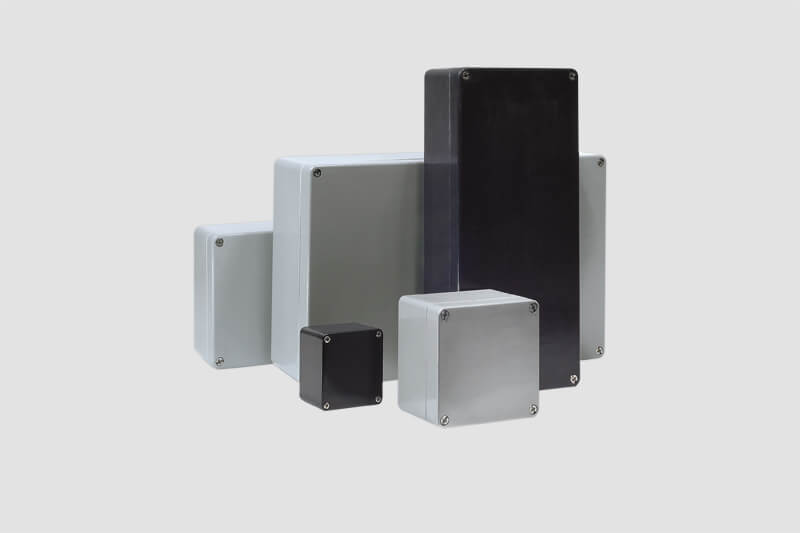ATEX zones play a central role in potentially explosive atmospheres, whether in industry, on construction sites or in agriculture.
They define how high the risk of an explosion from flammable gases, vapors or dusts is in certain areas. In this article, you will find out what ATEX means, what an Ex zone is and what different zones there are.
What does the abbreviation "ATEX" stand for?
The abbreviation "ATEX" comes from the French and is made up of the two words "ATmosphère EXplosibles" (explosive atmospheres).
In terms of content, it describes the ATEX directives that regulate the use of devices in potentially explosive atmospheres within the European Union. These currently include the ATEX Product Directive (2014/34/EU) and the ATEX Operating Directive (1999/92/EC).
When is ATEX required?
ATEX is required if devices or protective systems are used in potentially explosive atmospheres. These areas are characterized by the presence of flammable gases, vapours, mists or dusts.
The ATEX directives of the European Union define the requirements for the safe operation of these devices. Companies must use ATEX-compliant equipment to ensure the safety of employees and systems and to comply with legal regulations.
Especially in industries such as the chemical, oil and gas, food or pharmaceutical industries, ATEX is crucial to minimize the risk of explosions and ensure the protection of people and property.
What is an ATEX / EX zone?
ATEX or EX zones are specially designated areas in which there is a potential risk of explosion. This risk arises from flammable gases or dusts that occur in such zones in higher concentrations than usual. The areas are divided into different zones, which differ according to the type and frequency of the hazard.
What ATEX zones are there?
There are a total of six different ATEX zones, which are divided into two categories. On the one hand, a distinction is made according to the type of potentially hazardous material, i.e. whether it is dust or gases. On the other hand, the zones are classified based on the frequency and duration with which a hazardous condition can occur.
Zone 2 or 22
Zone 2 (for gases) or Zone 22 (for dusts) describes areas in which the occurrence of an explosive atmosphere during normal operation is considered rare and limited to short periods of time.
This means that flammable gases, vapors or dusts in hazardous concentrations can only occur under exceptional circumstances, such as unforeseen leaks or short-term malfunctions.
Zone 1 or 21
Zone 1 (for gases) or Zone 21 (for dusts) describes areas in which an explosive atmosphere may occasionally occur under normal operating conditions.
Typical examples are areas near valves, pumps or filling stations where flammable substances may be released. Although less frequent than in zone 0 or 20, this zone also requires strict protective measures to prevent ignition sources.
Zone 0 or 20
Zone 0 (for gases) or zone 20 (for dusts) designates areas in which the presence of an explosive atmosphere is to be expected permanently, regularly or over long periods of time.
This means that combustible gases, vapors or dusts can occur continuously or frequently in dangerous concentrations, which, in combination with oxygen and an ignition source, pose a considerable risk of explosion.
Ex enclosures from BERNSTEIN
BERNSTEIN offers a wide range of enclosures that have been specially developed for potentially explosive atmospheres.
Certified according to ATEX directives, they reliably protect against external influences and minimize the risk of explosions in environments with flammable gases, vapours or dusts. These robust and flexible solutions are ideal for a wide range of applications in demanding industrial areas.
